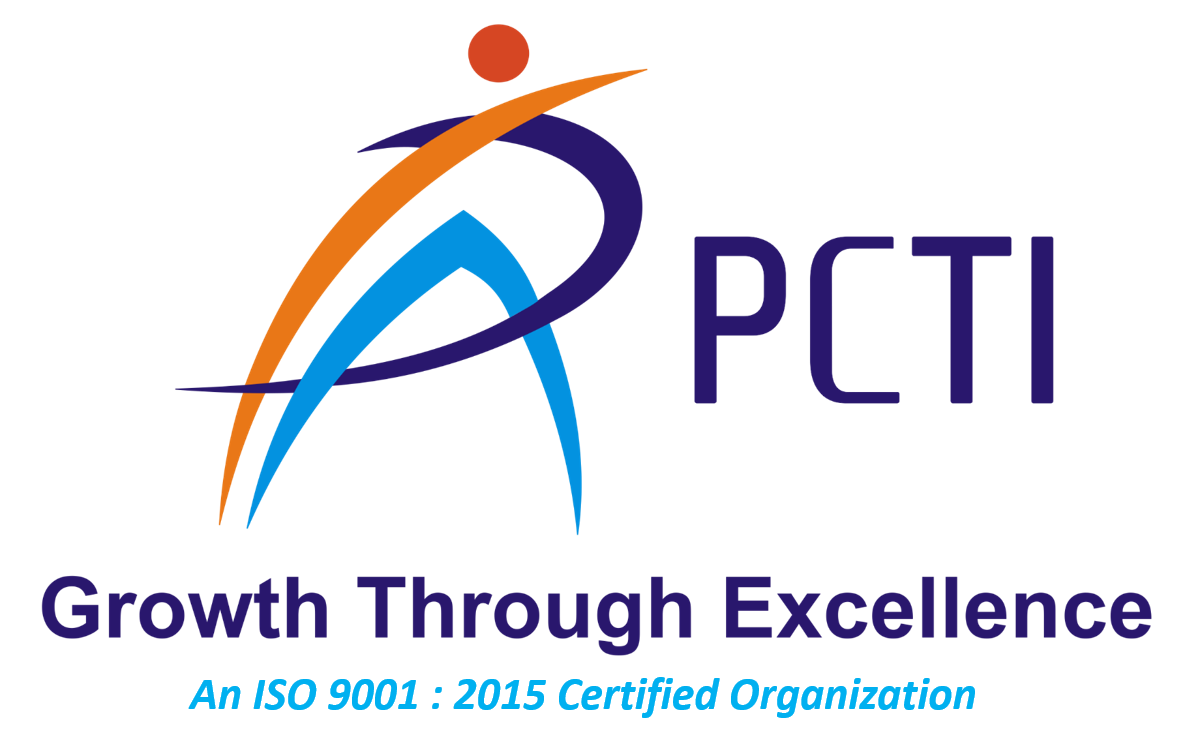Skill development and employment ecosystem—challenges and opportunities
Today, the knowledge, education and skills are becoming the decisive factors in any country’s social- economic development, owing to increased globalization and foreign trade and the resultant demand for skilled, trained and specialized workforce. India enjoys the unique position with a promising demographic dividend in comparison to developed nations that are facing the issues of an aging population. The average age of population in India is 29 years which is very low compared to countries such as USA, Japan, European countries and China( age range 37 to 47 years). The skilled workforce is expected to decline by 4% in industrialized world while it is expected to increase by 32% in India over a period of next 20 years. With this rare two decade window of demographic dividend, India has the very unique opportunity to create and develop skilled and qualified human capital and become the world’s Skill Capital and a global reservoir of educated, skilled, talented and capable manpower and lead the economic development not only within the country but across the globe too, by meeting the outsourcing demand of human capital by the developed countries.
The government has taken big initiatives in skilling a large number of youth such as creation of a separate Ministry of Skill Development and Entrepreneurship, setting up National Skill Development Corporation (NSDC), a not for profit public limited company to scale up the skill training by enhancing the public- private partnership. In addition Industrial Training Institutes (ITIs) have been the mainstay long term skilling framework. Under the ambit of Skill India Mission, India has skilled over 5.5 crore persons under various schemes such as Pradhan Mantri Kaushal Vikas Yojna (PMKVY), Jan Shikshan Sansthan (JSS), National Apprenticeship Promotion Scheme (NAPS), Craftsman Training Scheme (CTS) through it is and other Skill Development Schemes/ Programs across 20 Central Ministries/ Departments in collaboration with State Governments and their agencies. Despite such massive efforts, the biggest challenge remains the mismatch between industry requirements for specific skill set vis a vis the skills that are actually available compounded with low productivity of workforce and a continuously transforming and dynamic employment market, due to rapid technology advancements requiring workers to have more of cognitive skills and continuous up gradation in technology and its adaptation.
To capitalize the opportunity of becoming Skill Capital of the World and create a global reservoir of skilled human resources, the following initiatives should be considered and implemented:
- Align skill training with academic education and offer clearly defined roadmap for vertical and horizontal mobility in academic and vocational career path.
- Create centres that impart state-of-the-art training in future skills and emerging opportunities such as healthcare, home care, retail, transport, gig platforms etc.
- Encourage females to take up skill development trainings and employment and thus reduce the gender gap of skilled workforce
- Use Digital and Online Skilling Training in sectors such as IT, digital marketing, media, entertainment, healthcare etc to expand the training universe.
- Promote apprenticeships to deliver practical, hands-on training to candidates to boost their employability and access to better jobs through simplification of apprenticeship
- management system including its process and compliance burden.
- The institutional and financial frameworks should work in coherence to deliver demand oriented workforce, acceptable to the job market. The 4 major stakeholders viz Government, Industry, Workforce and Training Providers must work in complete and same level of synchronization to achieve the most productive outcomes.

